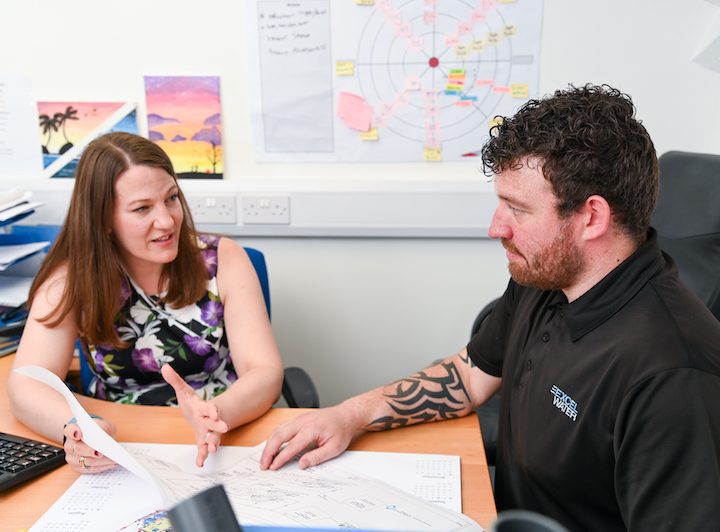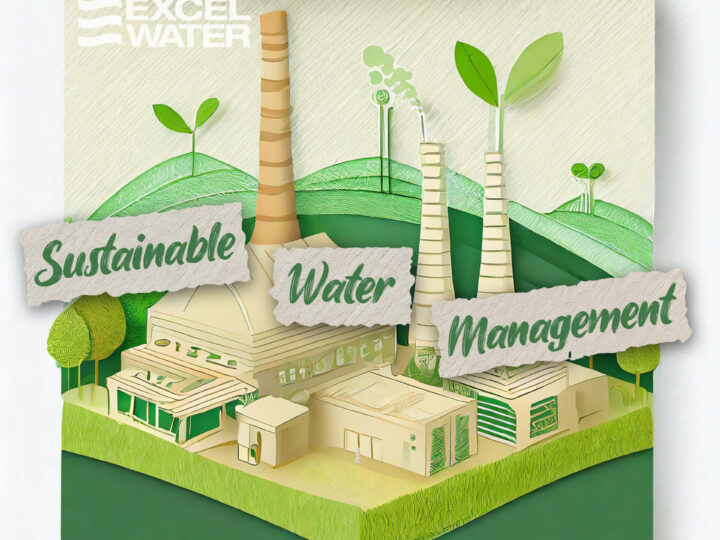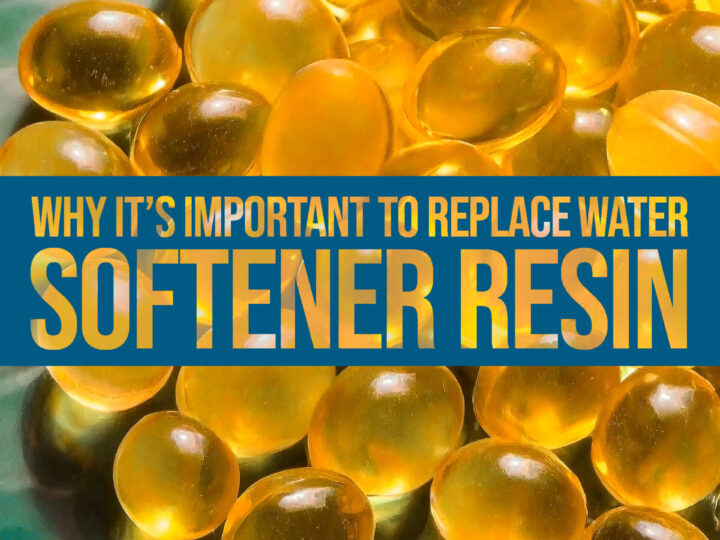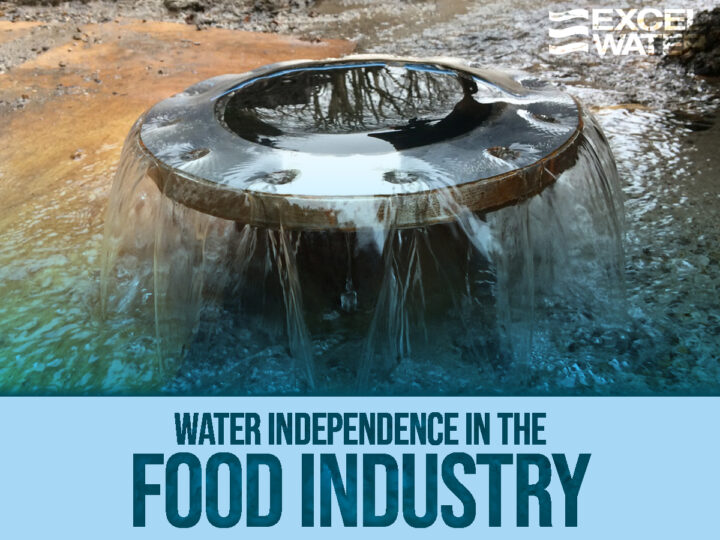
How manufacturing businesses can save water
Kev Anderson - 25th Apr 2023
Making a conscious effort to save water and reduce waste is something all businesses should consider. While the scale of your water usage and waste is likely to vary greatly depending on the nature and size of your operations, there are some steps you can take in order to cut down on waste and meet any energy saving targets.
Today we’re looking at the steps businesses can take to reduce wastewater and operate more efficiently. Find out how to conserve water in a manufacturing process through the use of a nanofiltration system and get our advice on the steps businesses can take to reduce their water use.
How businesses can save water
A little later, we will cover the water treatment systems that you should consider if you want to conserve water in a manufacturing process. First, we’d like to delve into the simpler steps you can take in order to save water.
Saving water has a wealth of fantastic benefits for your business. Most importantly, reducing water waste…
- Uses less of the earth’s natural resources, so it is better for the environment
- Means lower energy bills, ultimately saving you money
Here are a few ways you can manage your water usage and waste.
Regular maintenance checks
An old, inefficient system can increase your water usage, so make sure your water system is regularly checked and serviced by a water specialist. Most water specialists can offer contracts for regular servicing and maintenance. They will ensure your water treatment plant is running correctly.
Cleaning and chlorination
Ensuring you have a schedule of regular cleans and chlorination ensures your water is fit for purpose and uncontaminated.
Look into water-saving measures
As more and more businesses become aware of the importance of monitoring water usage, technologies are advancing that prevent unnecessary water usage. You could look at:
- Motion sensors on taps which prevent water from running longer than needed
- Low-flow faucets in toilets, kitchens and break areas where high pressure isn’t necessary
- Dual-flush toilet with a low volume flush option, which use substantially less water – only 20% of the water that would be used in a regular toilet.
Educate your employees
Getting your employees on board and involved is a great way to encourage water-saving habits at work. Educational sessions are a great way to make sure everyone is aware of the importance of water conservation. You could also put up signs throughout communal spaces to remind employees to reduce their water usage.
Efficient outside space
If you’re in a position to consider the landscaping outside of your business, opt for plants that don’t require a lot of water. Trees and shrubs are a great way to add appeal and they don’t need regular watering. You could also reuse rainwater for watering plants.
Consider using recycled water
If you’re in the manufacturing industry, recycled water could be a very valuable resource for your business. It’s possible to recycle wastewater, stormwater and greywater, clean it and then continue to use it in certain industrial applications. Keep reading for more on how we can help businesses recycle their wastewater with a nanofiltration system.
How to conserve water in a manufacturing process
Water that would typically go to waste as part of a water treatment system can a beneficial resource for many industries. It is a valuable source of water that, so long as it isn’t contaminated, can easily and safely be reused in another process to help promote water neutrality.
Saving water from a Reverse Osmosis system
If your business uses a reverse osmosis plant, there’s a straightforward way you can conserve some of the wastewater created as part of the process – nanofiltration.
Reverse osmosis systems are one of our most popular systems, and many businesses benefit greatly from the use of an RO system on-site. An RO system creates pure water by separating and removing any dissolved solids present in water, offering a chemical-free and safe way of generating a continuous supply of high-quality water. They are particularly popular within the food and beverage industries, as well as automotive and pharmaceutical applications.
However, in order to work correctly, a reverse osmosis system needs to reject around 25% of the water produced. This is known as wastewater. Fitting a nanofiltration system alongside an RO system can help alleviate the problem of wastewater. Alongside being cost-effective to run and low maintenance, a nanofiltration system can prevent wastewater from an RO system being sent to drain, instead removing particles for reuse or for a soft water feed.
You can find out more about net zero and reducing water waste on our previous blog, where we also discussed how we helped Safestyle UK save 25% of water that was previously being sent to drain. You can also read the case study of a project Excel Water undertook with a large car manufacturer, in which we detail how we installed an RO unit and a nanofiltration unit in order to produce a quality supply of water and reduce waste.
Recycled wastewater can be used for a number of purposes, including:
- Landscape irrigation and plant watering
- Cleaning of industrial environments
- Toilet flushing
- Construction purposes including concrete mixing
- Dust control
- Landscaping and water features, e.g. artificial lakes
Find out more about nanofiltration systems
We hope that this article was helpful and taught you more about how businesses can save water, as well as how to conserve water in a manufacturing process with nanofiltration. If you’re looking for a water treatment company you can trust to deliver high-quality products and services, please get in touch for a chat.
Back to Latest News




